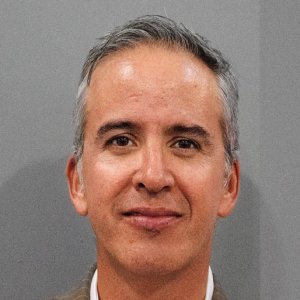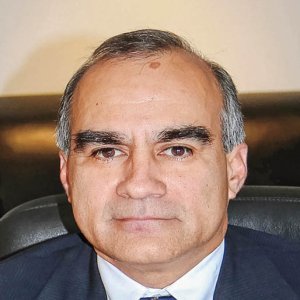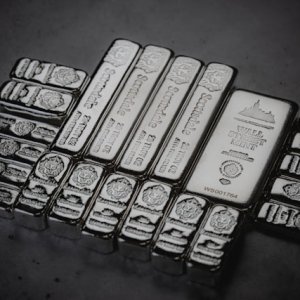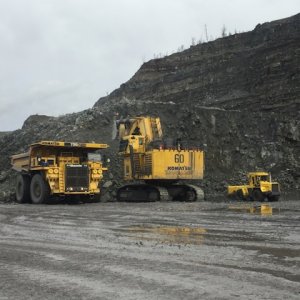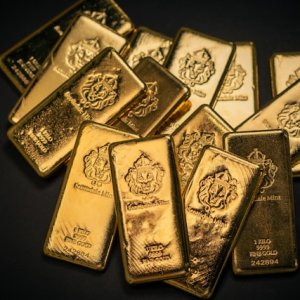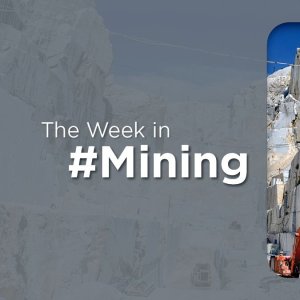Boost Efficiency to Combot Chinese Overcapacity

STORY INLINE POST
Q: As the largest steel producer in the Americas, how much of an unexpected boost was the 2016 iron ore rally?
A: Although iron ore prices have shown strength this year, the consensus view seems to be against a steep rally in prices. But Chinese steel production continues to rise, boosting iron ore prices. 2016 was a difficult year for the metals and mining sector in general and iron ore in particular. Although there were small recoveries in Europe, Japan and the US, slowing demand from China and continued difficulties among emerging countries, the industry ended up oversupplying most mined commodities and suffered falling prices as a consequence. We understand that China met reduced capacity, at a net level, by 65 million tons in 2016 but we must remember that China addressing its overcapacity is a long-term issue. There is still vast overcapacity in the Chinese market, and until it is effectively addressed, the risk of volatility remains. This is why we continue to call for a comprehensive solution to unfair trade practices.
The complex scenario we encountered in 2015 and 2016 due to market conditions and trends in worldwide steel demand has undermined our ability to compete in a market where importers are selling at subsidized prices below average production costs. In light of this, our company has implemented emergency measures to reduce costs and increase operational efficiency. These initiatives have included plans to improve management and productivity, labor mobility and savings. In this regard, on February 5, our President Lakshmi Mittal presented the strategy known as Action 2020, which is a compilation of actions for the next five years, resulting from a detailed analysis of our growth and improvement potential.
Q: What impact does geopolitical volatility have on the steel and iron ore segments?
A: The mining sector has always been a global industry and one of the most important aspects of maintaining its ability to operate is remaining closely abreast of the constantly changing geopolitical landscape. Variations in the prices of iron ore may affect the mining industry, as China’s overproduction continues to complicate the placement of products in different markets around the word.
Cost reduction in our mining business will also continue, although given the fact we reduced iron ore unit cash costs by 20 percent in 2015 and a further 10 percent last year, it will be tough to materially improve costs further, and we are not setting an annual cost reduction target for this year.
Q: Where does Mexico stand in the context of ArcelorMittal’s business strategy in Latin America and globally?
A: In Mexico, ArcelorMittal operates six facilities in three ports and maintains a corporate and sales office in Mexico City. With a steel production capacity of more than 6.5 million t/y and employing more than 8,000 individuals, ArcelorMittal Mexico is the largest employer in Michoacan state and the Lazaro Cardenas municipality, where its largest facilities are located. In 2015, ArcelorMittal Mexico produced more than 4 million tons of steel and invested over US$800,000 in these communities. In 2016 ArcelorMittal Mexico produced 3.11 million tons of steel. Mexico has faced significant challenges in sustainable development in recent years, in being a trusted user of air, land and water, finding more ways to use energy efficiently, and ensuring we have the skills to continue to innovate with the next generation.
Production from our El Volcan mine in Mexico was unfortunately suspended in October 2015 because of the low price of iron ore. But we expect shipments to increase in 2017 as we have now re-started production, which increases our capacity by 2 million tons. In comparison, production in the Ukraine decreased to reflect a revised mine plan following a delay in accessing new land for tailing facilities but these issues have now been resolved. Another factor that impacted our production level was declining volumes at the existing Tokadeh mine in Liberia as it is approaching the end of its life. We are transitioning to the nearby and higher grade Gangra deposit which could potentially support an operation of 5 million t/y for five years.
Q: Why reopen the Volcan mine after a year of activity and what impact will this have on production levels in Mexico?
A: It is important to remember that since mid-2015 and in order to face the complicated economic scenario facing the national and international steel industry, the company implemented initiatives for cost reduction, increased productivity and operational efficiency, with the clear objective of adjusting ourselves to the market and conditions that prevail today. As a result of these actions, and by continually monitoring alternatives to keep us current in the market while promoting employment and economic activity in the country, a decision was made to resume operations in the state of Sonora. With this, the company reaffirms its long-term commitment to the country.
The reactivation brought along the recovery of more than 500 direct jobs, 3,000 indirect ones, as well as of about 15,000 sources of employment related to the mining value chains in the state. According to company estimates, the mine is expected to produce 2 million tons of iron ore concentrate, which is equivalent to more than 150 daily trips from the El Volcán mine to the concentrator plant in Ciudad Obregon.
Q: Why was competition from China and Brazil labeled “unfair” by ArcelorMittal’s Director General Victor Cairo and what specific impact did this have on the domestic market?
A: Historically, the global steel industry has been affected by both global and regional production overcapacity, as well as by fluctuations in imports and exports of steel and iron ore. This excess production is amplified in periods of economic weakness due to a lower demand for these inputs.
Currently, these factors are directly related to the slowdown of the economy in China, the collapse of Brazil’s economic bubble and the continued devaluation of the Russian ruble. China is transforming its economy, reducing the weight of the manufacture of products and expanding the supply of services and consumption. This has meant that the prices of most raw materials, including steel, fall to drastic lows.
The high inventory resulting from increased growth and oversupply have caused this producer country to sell the metal at the lowest possible price to avoid further losses, which is seriously affecting the global steel industry. China’s economic strategy has motivated the implementation of trade safeguards throughout the global steel industry. In Mexico, these measures were first implemented in October 2015, expanded in April and October 2016, and reaffirmed once again in April 2017.
At ArcelorMittal, we strongly believe that by maintaining these efforts, together with other companies in the sector and with the representation of the National Chamber of the Iron and Steel Industry (CANACERO), we will be able to improve the prospects of our industry throughout 2017.


